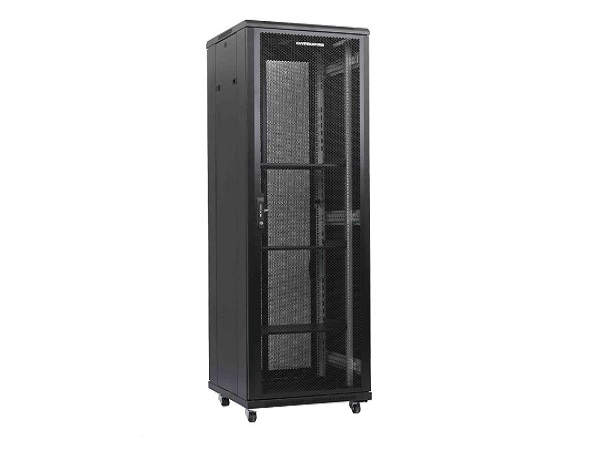News
Site Editor
 Site
https://leonetworkgroup.usa18.wondercdn.com/uploads/image/5fe152faa587d.png
A patch panel is an essential component of a network infrastructure that helps to manage and organize the network cabling. It acts as a central hub or connector between several network cables and network devices such as switches, servers, and routers in a data center or office setting. In this context, two prominent types of patch panels are widely used - Cat5e and Cat6.Cat5e:The Cat5e patch panel
Site
https://leonetworkgroup.usa18.wondercdn.com/uploads/image/5fe152faa587d.png
A patch panel is an essential component of a network infrastructure that helps to manage and organize the network cabling. It acts as a central hub or connector between several network cables and network devices such as switches, servers, and routers in a data center or office setting. In this context, two prominent types of patch panels are widely used - Cat5e and Cat6.Cat5e:The Cat5e patch panel
What Is The Difference Between Cat5E And Cat6 Patch Panels
Views: 517
Author: Site Editor
Publish Time: 2023-07-10
Origin: Site
A patch panel is an essential component of a network infrastructure that helps to manage and organize the network cabling. It acts as a central hub or connector between several network cables and network devices such as switches, servers, and routers in a data center or office setting. In this context, two prominent types of patch panels are widely used - Cat5e and Cat6.
Cat5e:
The Cat5e patch panel is a popular choice for many small and medium-sized enterprises. It supports data transfer rates of up to 1 Gbps, making it sufficient for basic network requirements such as web browsing, email, and file sharing. It has four pairs of copper wires, which provide reliable connectivity for long-distance connections.
Cat5e patch panels have an advantage in terms of cost-effectiveness due to the use of lower-cost copper cables. They are also easier to install, flexible, and can be used in a wide range of applications. However, Cat5e patch panels have a relatively shorter lifespan of around 5 to 10 years and may not be suitable for high-bandwidth applications such as video streaming or large data transfers.
Cat6:
Cat6 patch panels are designed to meet the growing demands for higher bandwidth and faster data transfer rates. They offer data transfer rates of up to 10 Gbps and achieve this by utilizing advanced shielding and twisted pair technology. They have four pairs of copper wires as Cat5e, but with tighter twists and better insulation to support the higher transmission speeds.
Cat6 patch panels are more reliable and have a longer lifespan of up to 15 years. They are often used in environments where high data throughput is critical, such as data centers, video production facilities, and educational institutions. However, their increased performance comes with a higher price tag, and they may not be necessary or affordable for every network infrastructure.
Some notable differences between Cat5e and Cat6 patch panels include:
1. Bandwidth - Cat6 supports higher bandwidth than Cat5e and can handle faster transmission speeds.
2. Cost - Cat6 patch panels are more expensive than Cat5e because they require more expensive copper cables and advanced technologies for shielding and insulation.
3. Longevity - Cat6 patch panels have a longer lifespan than Cat5e and offer better performance for a more extended period.
4. Compatibility - Cat6 patch panels are backward compatible with Cat5e, but not all Cat5e patch panels are compatible with Cat6.
In summary, the choice between Cat5e and Cat6 patch panels depends on the specific needs of the network infrastructure. If high data throughput is a priority, Cat6 is the better choice due to its higher bandwidth and reliability. However, if cost-effectiveness and flexibility are the main considerations, then Cat5e may be a more practical choice.
If you want to know more about industrial network cabinet,china fiber optic splice closure,china fiber optic distribution box,please consult the fiber optic splice closure factory









